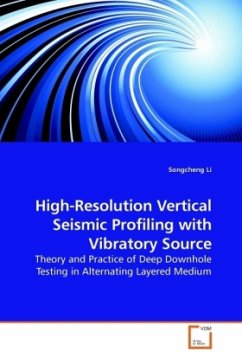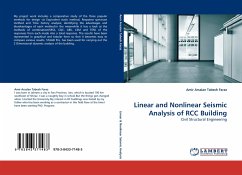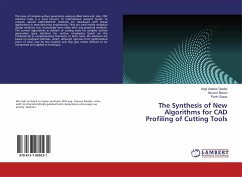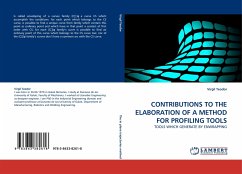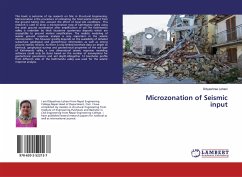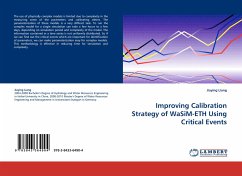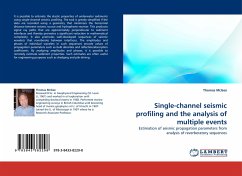
Single-channel seismic profiling and the analysis of multiple events
Estimation of seismic propagation parameters from analysis of reverberatory sequences
Versandkostenfrei!
Versandfertig in 6-10 Tagen
32,99 €
inkl. MwSt.

PAYBACK Punkte
16 °P sammeln!
It is possible to estimate the elastic properties of underwater sediments using single-channel seismic profiling. The task is greatly simplified if the data are recorded using a geometry that minimizes the horizontal distance between seismic source and hydrophone receiver. This produces signal ray paths that are approximately perpendicular to sediment interfaces and thereby promotes a significant reduction in mathematical complexity. It also promotes well-developed sequences of seismic wavelets that reverberate between interfaces. The amplitudes and phases of individual wavelets in such sequen...
It is possible to estimate the elastic properties of underwater sediments using single-channel seismic profiling. The task is greatly simplified if the data are recorded using a geometry that minimizes the horizontal distance between seismic source and hydrophone receiver. This produces signal ray paths that are approximately perpendicular to sediment interfaces and thereby promotes a significant reduction in mathematical complexity. It also promotes well-developed sequences of seismic wavelets that reverberate between interfaces. The amplitudes and phases of individual wavelets in such sequences encode values of propagation parameters such as bulk densities and reflection/absorption coefficients. By analyzing amplitudes and phases, it is possible to remotely estimate sediment properties. Such estimates are often useful for engineering purposes such as dredging and pile driving.



